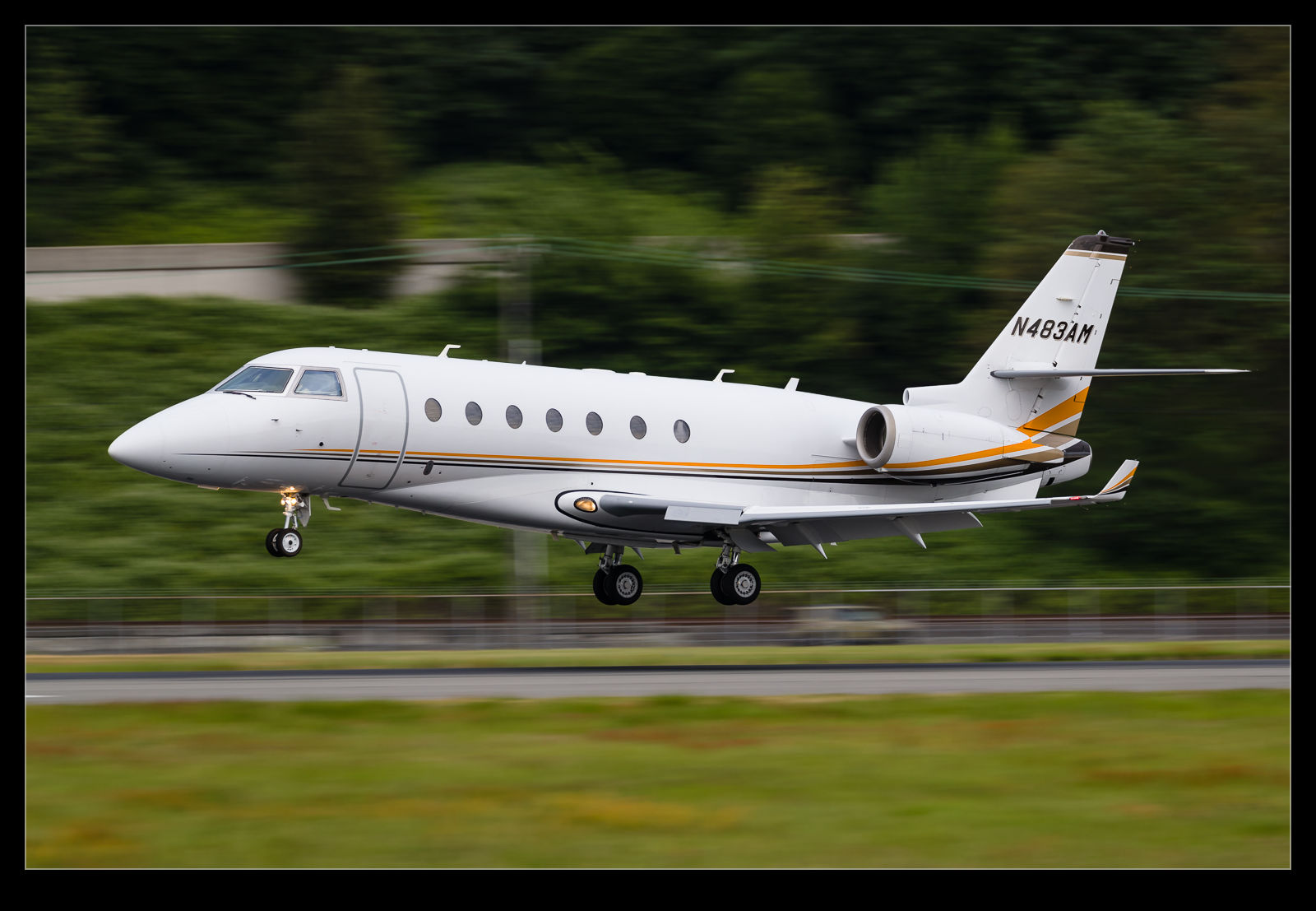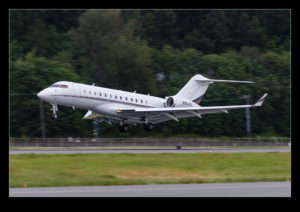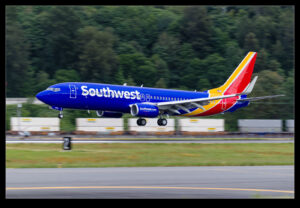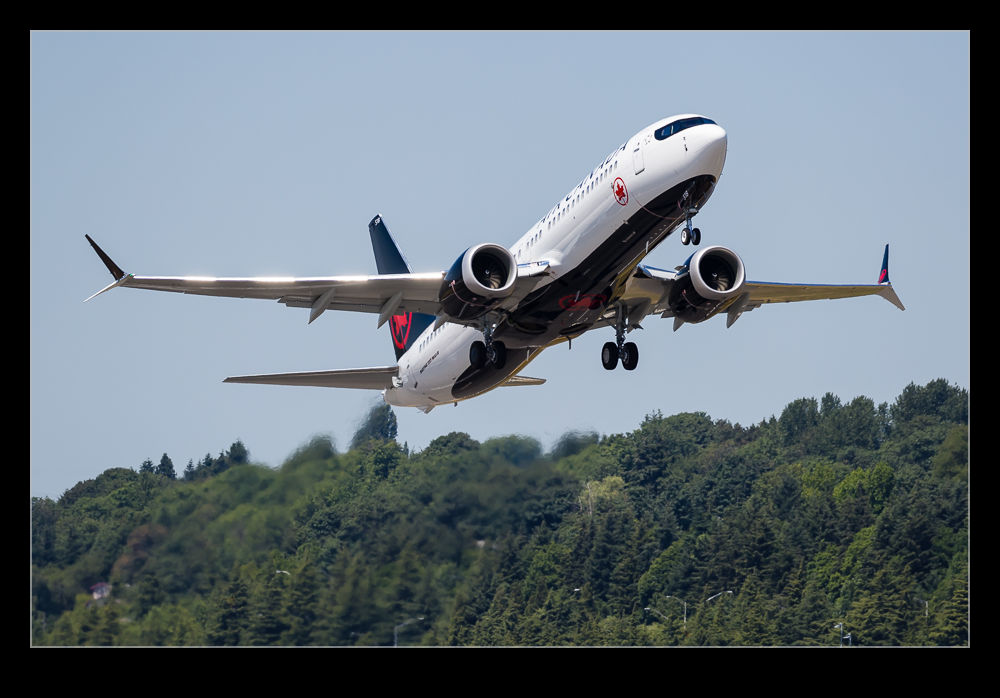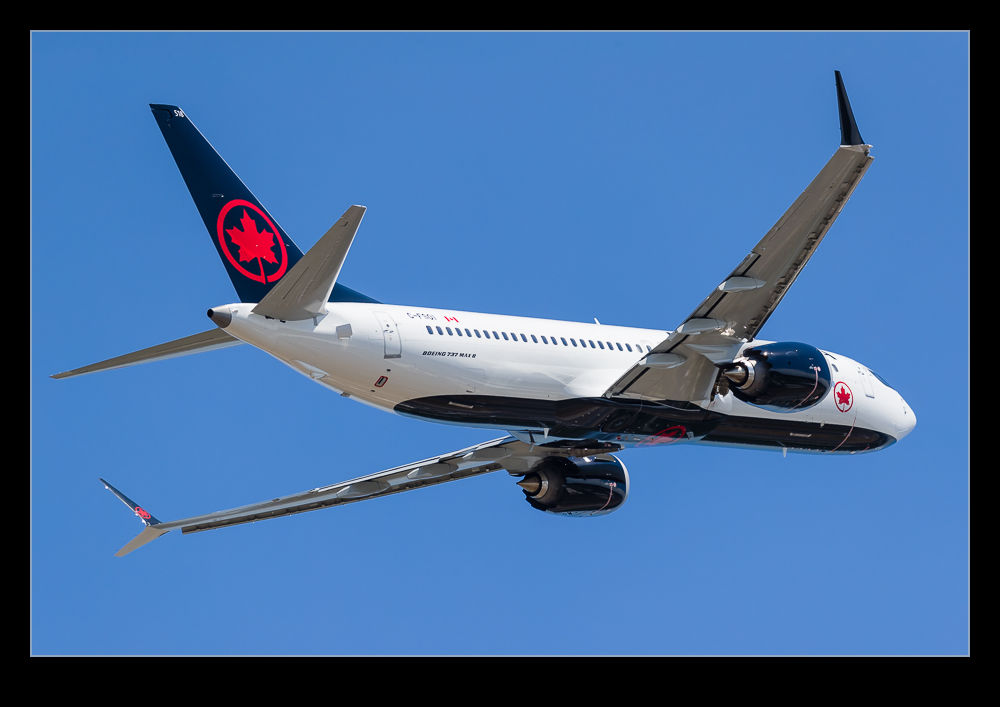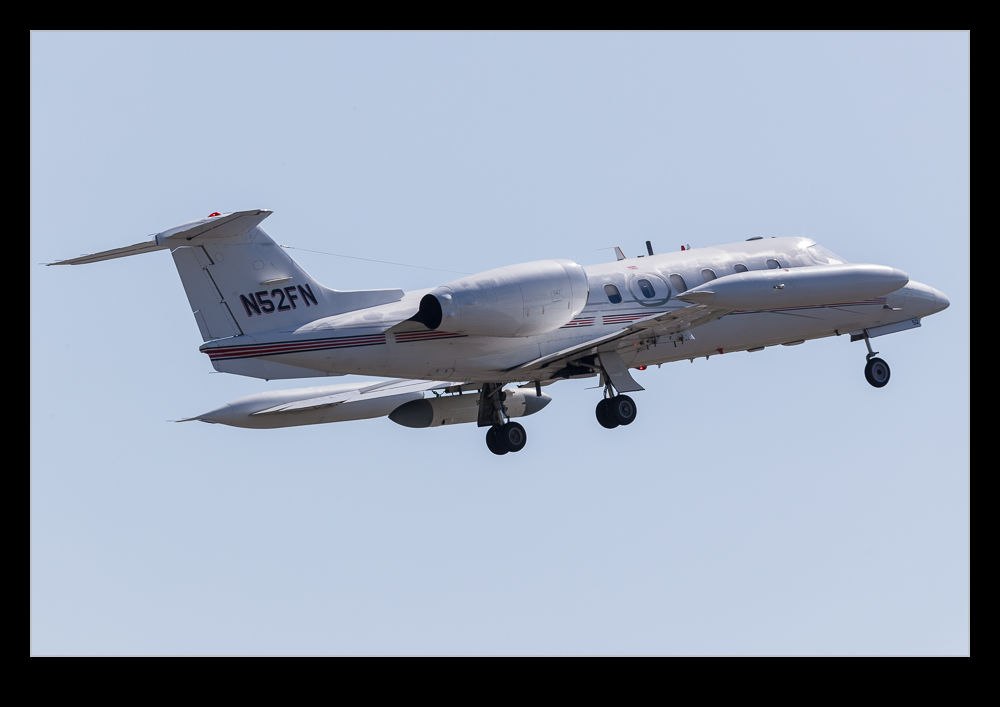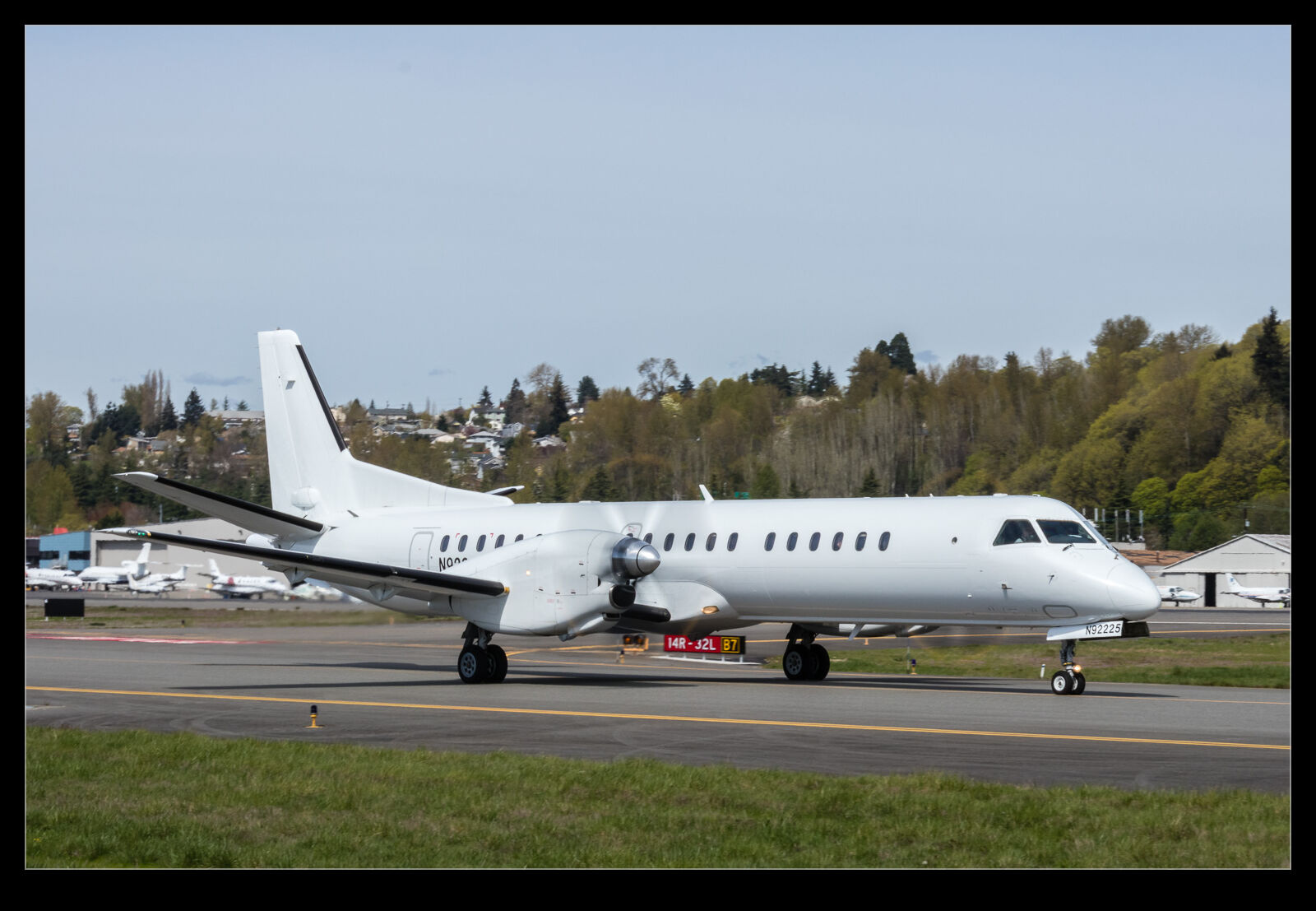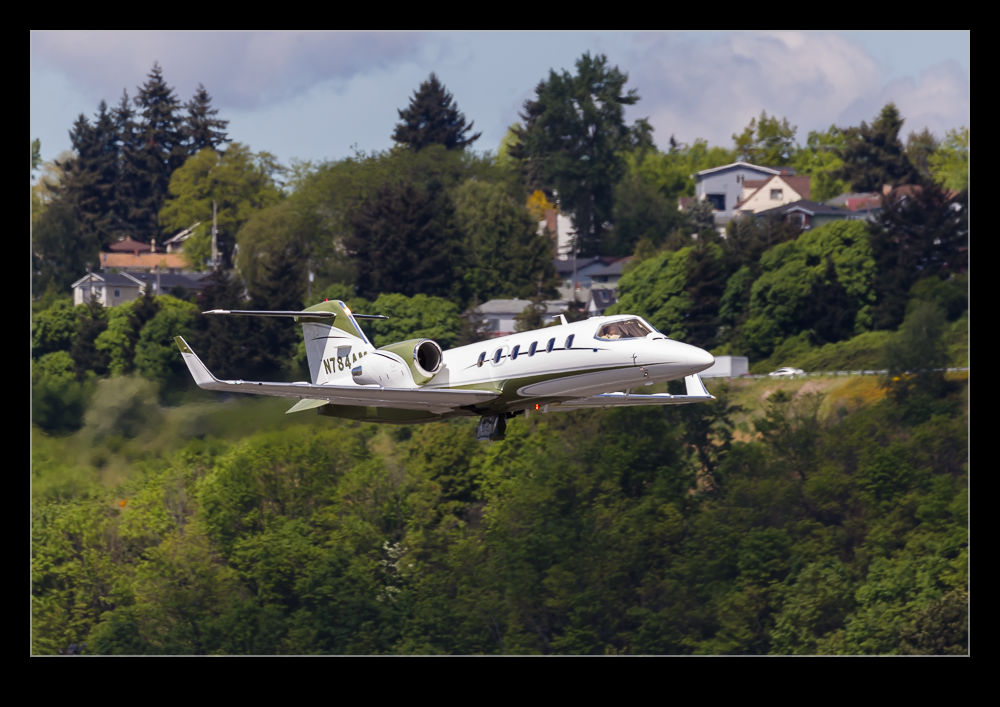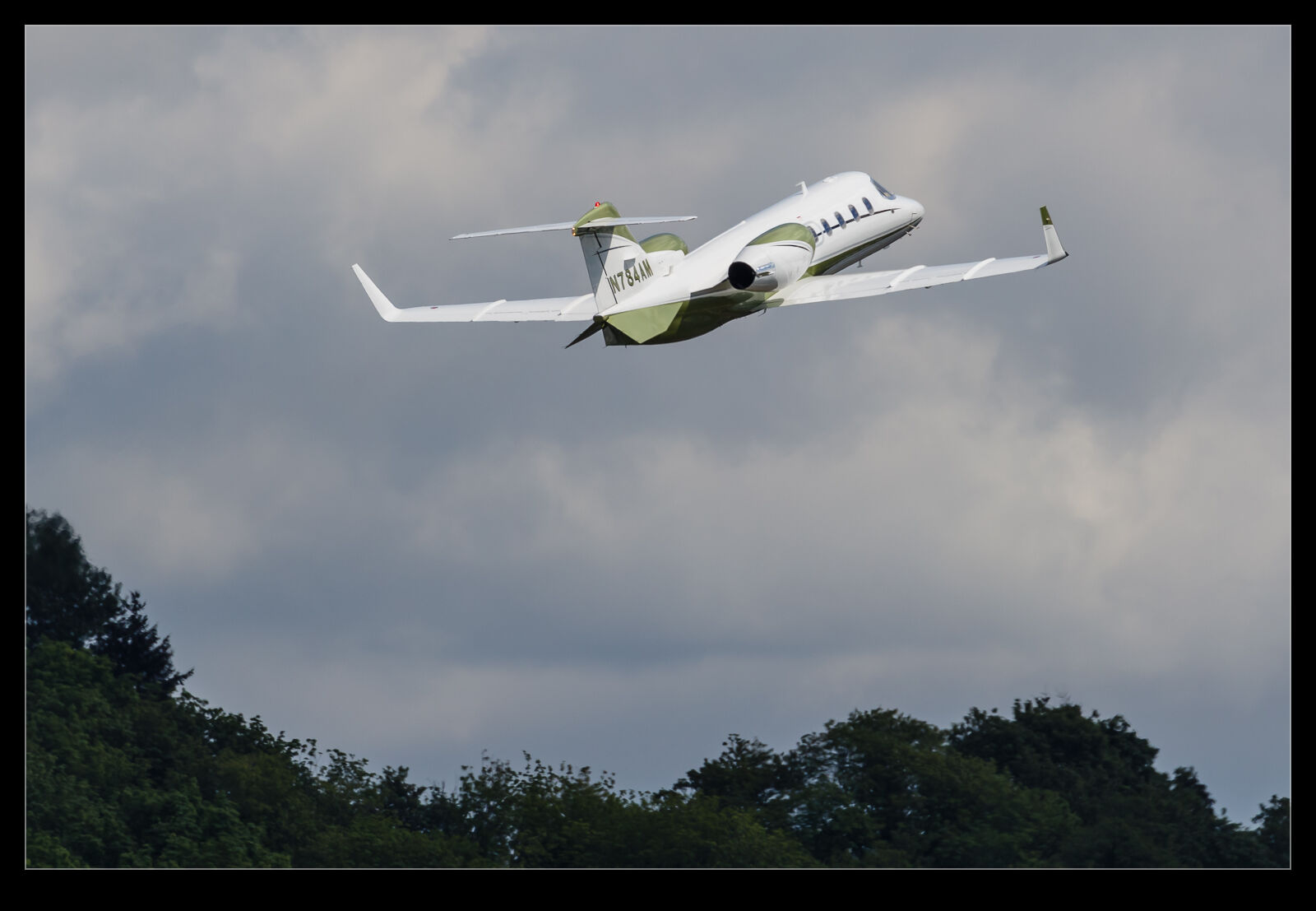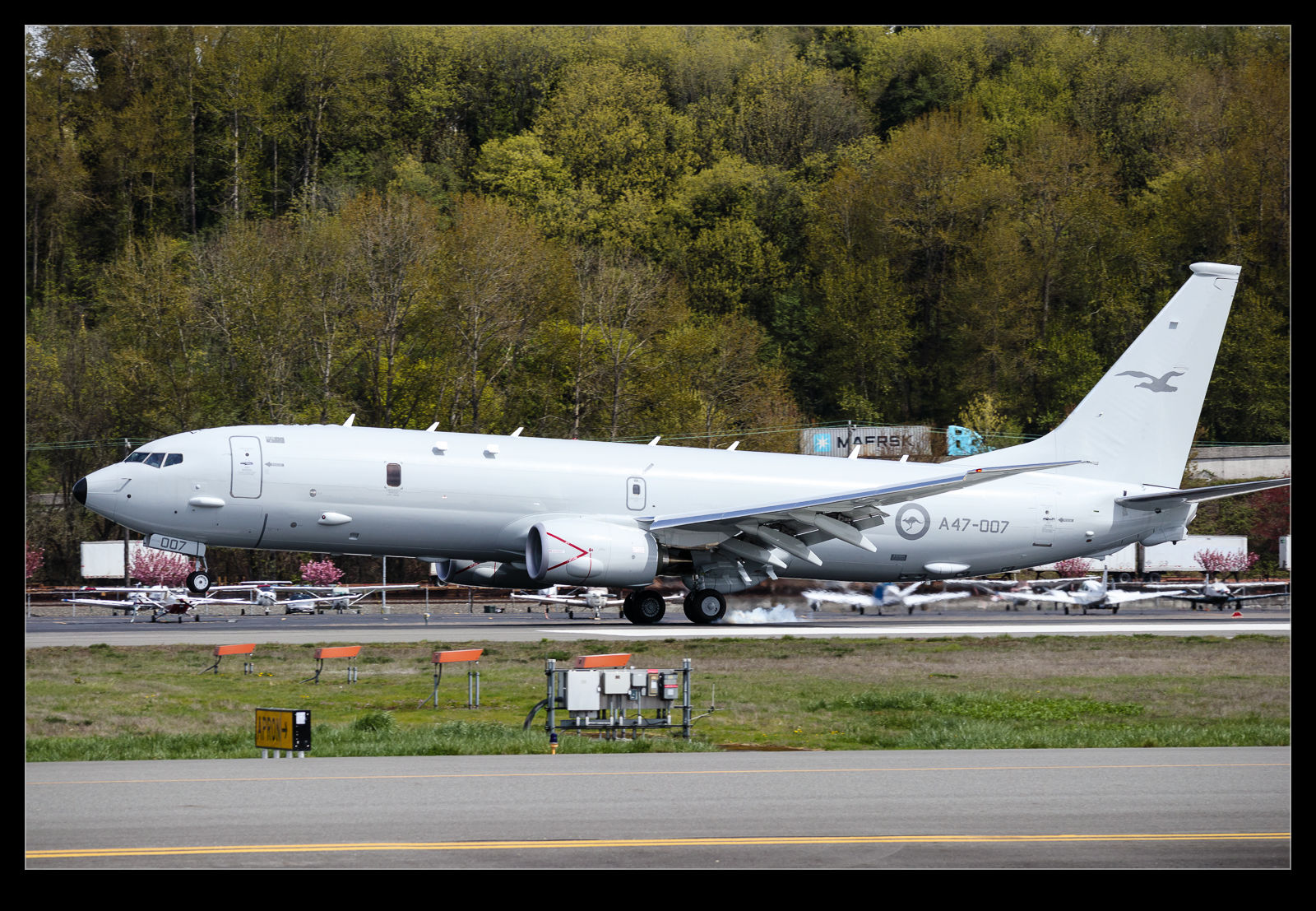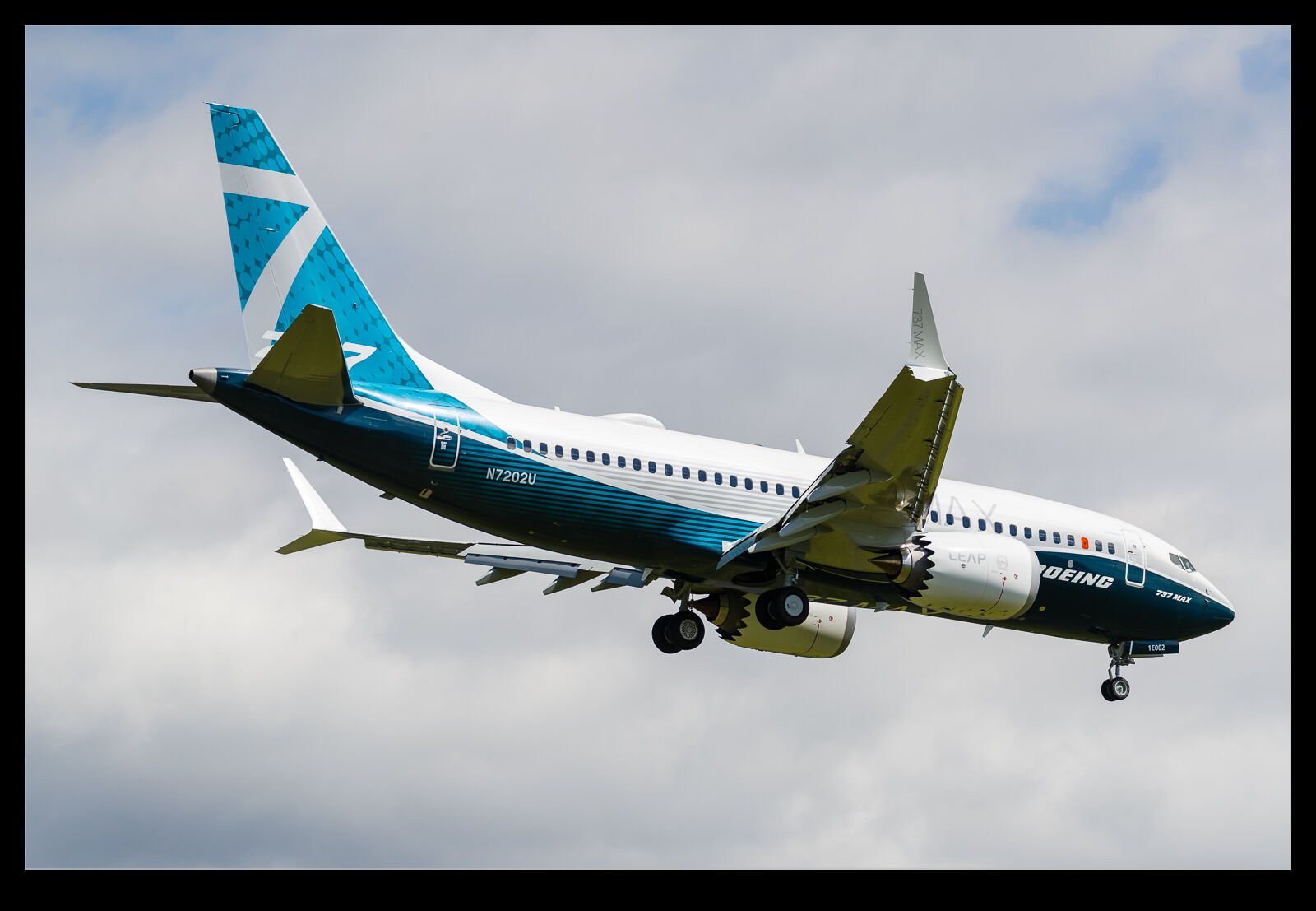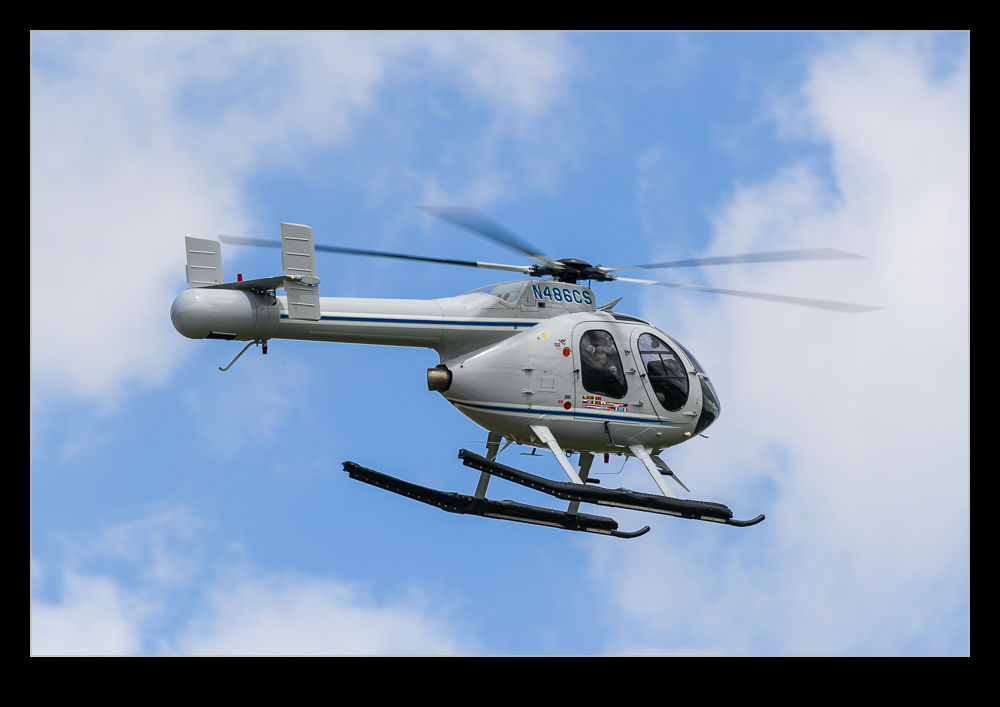 In the late 80s and early 90s, NOTAR was a big deal. McDonnell Douglas Helicopters (as it then was) had come up with the concept of NO TAil Rotor and was pushing it hard. It was seen as a safer approach, quieter and potentially more efficient. The last one may not have been the case as, given how long the concept has been around, the successor company has continued to build helicopters with tail rotors as has just about everyone else (unless you count a Fenestron as not a tail rotor). This example came in to BFI right over my head. He had called up on the radio so I should have known but the quiet aspect of the aircraft was proven as I had no idea he was there until he passed directly over me.
In the late 80s and early 90s, NOTAR was a big deal. McDonnell Douglas Helicopters (as it then was) had come up with the concept of NO TAil Rotor and was pushing it hard. It was seen as a safer approach, quieter and potentially more efficient. The last one may not have been the case as, given how long the concept has been around, the successor company has continued to build helicopters with tail rotors as has just about everyone else (unless you count a Fenestron as not a tail rotor). This example came in to BFI right over my head. He had called up on the radio so I should have known but the quiet aspect of the aircraft was proven as I had no idea he was there until he passed directly over me.
Tag Archives: Boeing Field
Practice Panning to Make it Different at BFI
 I was killing some time at Boeing Field and the light was dropping fast. There was a variety of traffic inbound but nothing that counted as terribly unusual and not, therefore, something I desperately cared about getting a good shot with. As a result, I decided to play around with low shutter speeds to see how it changed the look of the shots at a familiar location, to see how the sharpness varied across the airframe and to see just how badly may panning skills have degraded. Needless to say, the results were pretty mixed. The worst of the lot will clearly never see the light of day but here you can see some of the shots that I was okay with. The conclusion from the output is that I should go a bit lower in shutter speed to increase the sense of speed.
I was killing some time at Boeing Field and the light was dropping fast. There was a variety of traffic inbound but nothing that counted as terribly unusual and not, therefore, something I desperately cared about getting a good shot with. As a result, I decided to play around with low shutter speeds to see how it changed the look of the shots at a familiar location, to see how the sharpness varied across the airframe and to see just how badly may panning skills have degraded. Needless to say, the results were pretty mixed. The worst of the lot will clearly never see the light of day but here you can see some of the shots that I was okay with. The conclusion from the output is that I should go a bit lower in shutter speed to increase the sense of speed.
G650 Passenger Watches Me Watching Them
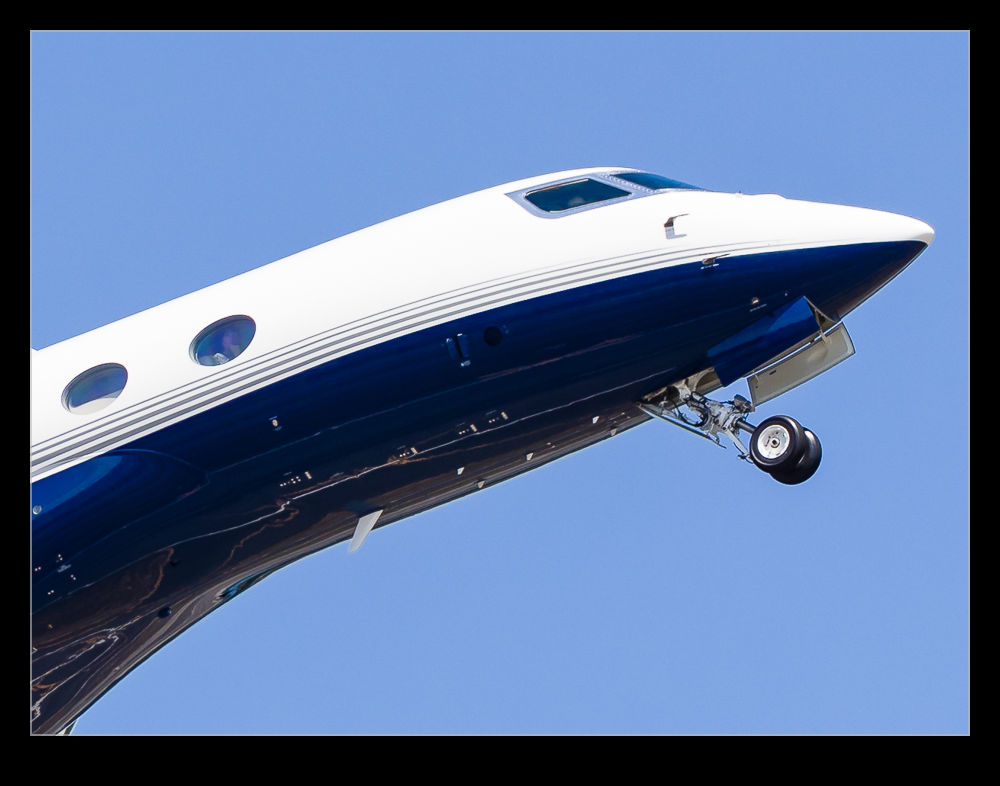 The G650 was a plane that got off to a good start. The combination of space and range made it a popular choice amongst those that have $60-70m to drop on a plane. Recently, things have been a bit quieter as the competition has ramped up but the deliveries this year have perked up. This one was departing out of Boeing Field and, as I zoomed in to check the sharpness of the shot, I could see the passenger in the cabin who seemed to be looking back at me. She didn’t have a camera, though, so I am the only one with a shot of the encounter!
The G650 was a plane that got off to a good start. The combination of space and range made it a popular choice amongst those that have $60-70m to drop on a plane. Recently, things have been a bit quieter as the competition has ramped up but the deliveries this year have perked up. This one was departing out of Boeing Field and, as I zoomed in to check the sharpness of the shot, I could see the passenger in the cabin who seemed to be looking back at me. She didn’t have a camera, though, so I am the only one with a shot of the encounter!
Air Canada Max8
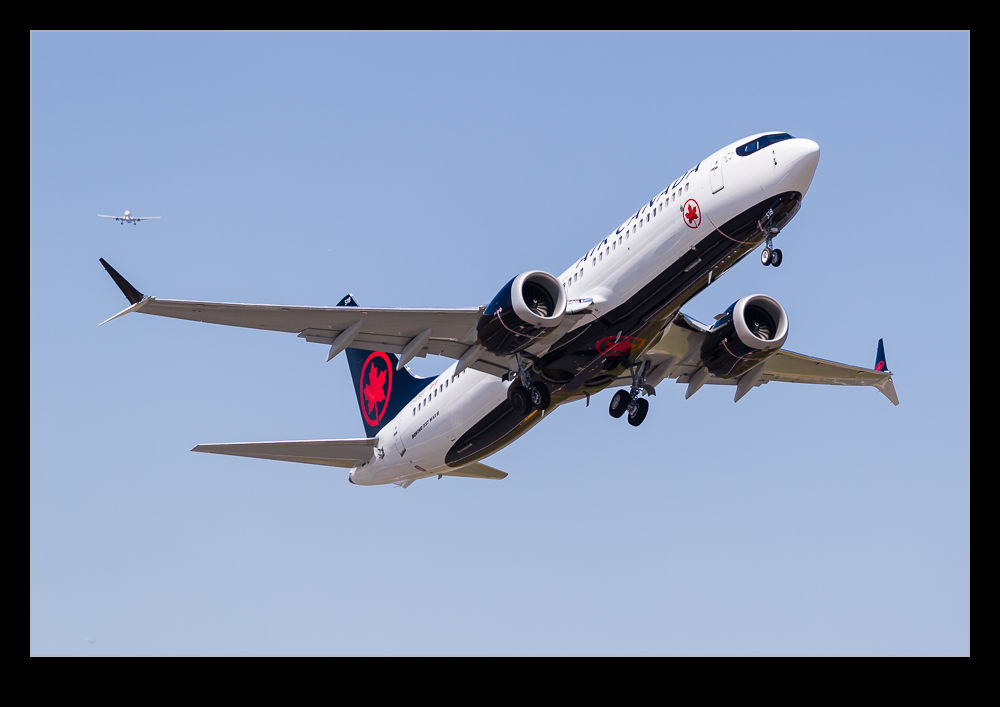 Production of the 737s is rapidly transitioning from the NGs to the Max at this point. Still plenty of NGs being built but the Max is no longer a novelty and soon they will be the vast majority of what is coming out of Renton. I have seen a few Air Canada Max 8s and another one was heading out on a test flight while I stopped for lunch at BFI. I like the new Air Canada colors. As with any livery change, there are plenty that don’t appreciate it but I like the combination of retro and new and the fact it isn’t like everything else is good. The bandit eyes are a bit more of an acquired taste but they are fine I guess.
Production of the 737s is rapidly transitioning from the NGs to the Max at this point. Still plenty of NGs being built but the Max is no longer a novelty and soon they will be the vast majority of what is coming out of Renton. I have seen a few Air Canada Max 8s and another one was heading out on a test flight while I stopped for lunch at BFI. I like the new Air Canada colors. As with any livery change, there are plenty that don’t appreciate it but I like the combination of retro and new and the fact it isn’t like everything else is good. The bandit eyes are a bit more of an acquired taste but they are fine I guess.
What Goes On These Pylons?
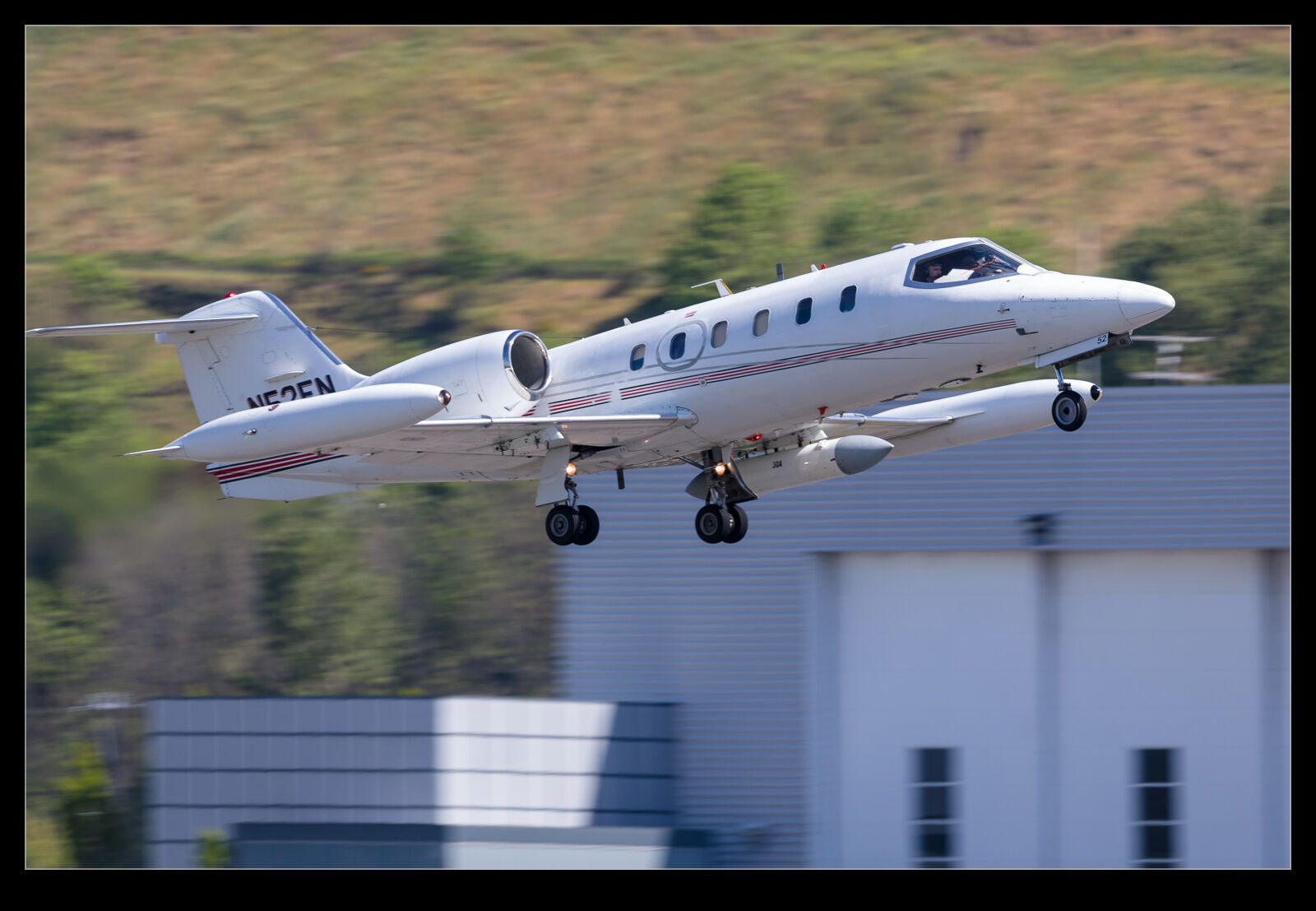 An older generation of Learjet was heading out from Boeing Field. I almost ignored it but I got a few shots as it rotated and climbed out. As it did so I noticed it had a pod on an underwing pylon. A little further research shows it belongs to Phoenix Air. Apparently, they have a few Learjets that have electronic gear fitted – sometimes on pylons and sometimes internally. This pod appears to have dielectric elements front and rear so may well be an EW pod of some sort. I wonder if anyone knows more about these guys and what they would be up to.
An older generation of Learjet was heading out from Boeing Field. I almost ignored it but I got a few shots as it rotated and climbed out. As it did so I noticed it had a pod on an underwing pylon. A little further research shows it belongs to Phoenix Air. Apparently, they have a few Learjets that have electronic gear fitted – sometimes on pylons and sometimes internally. This pod appears to have dielectric elements front and rear so may well be an EW pod of some sort. I wonder if anyone knows more about these guys and what they would be up to.
Finally a VLJ Makes It
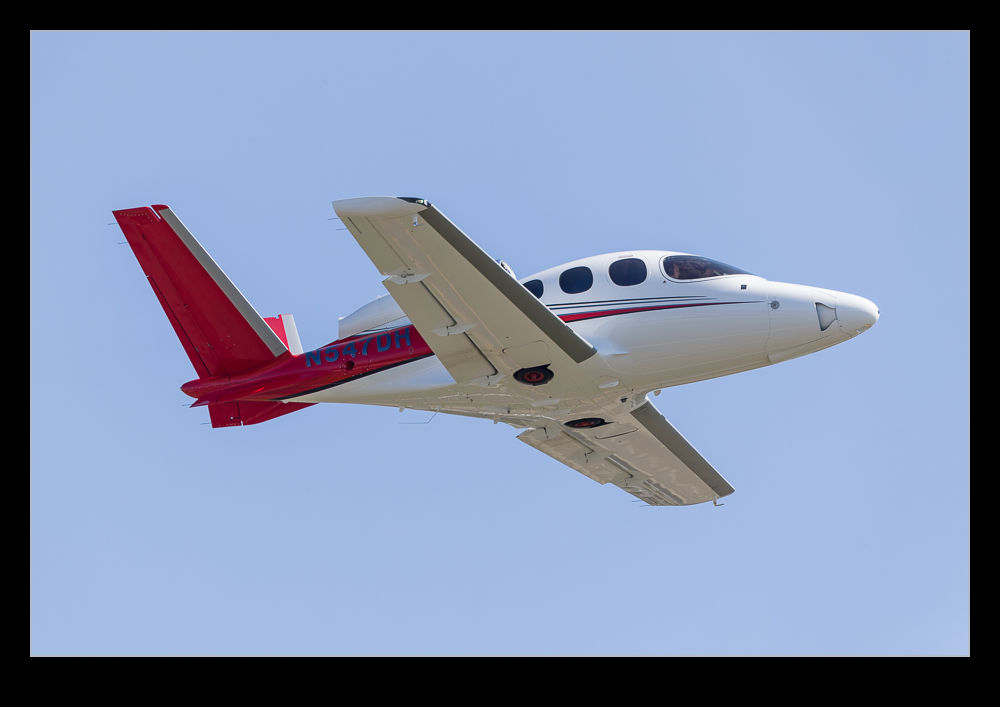 About a decade ago, the very light jet was the hot idea. Everyone seemed to have a design and they were bringing tons of investment in to make the planes and sell them in quantities and at prices that had previously been unthinkable. As it turned out, there was a good reason why it had been unthinkable and the projects either never made it to production or made a few before bankruptcy followed (sometimes more than once). Eclipse did better than most in making jets before they folded, later re-emerging in a slimmed down form.
About a decade ago, the very light jet was the hot idea. Everyone seemed to have a design and they were bringing tons of investment in to make the planes and sell them in quantities and at prices that had previously been unthinkable. As it turned out, there was a good reason why it had been unthinkable and the projects either never made it to production or made a few before bankruptcy followed (sometimes more than once). Eclipse did better than most in making jets before they folded, later re-emerging in a slimmed down form.
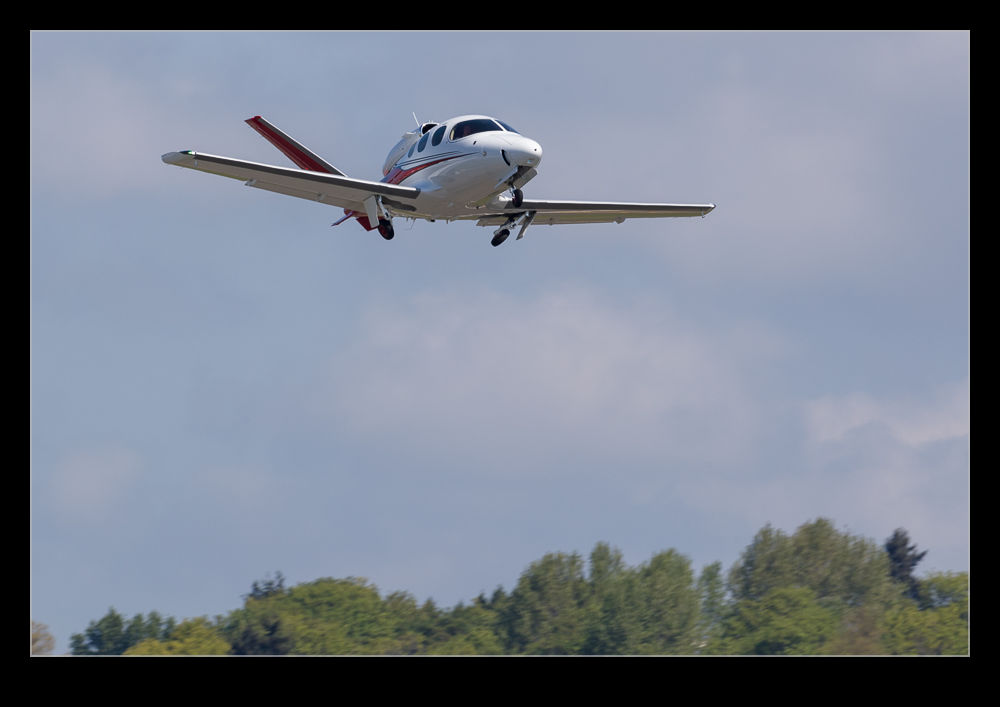 Cirrus is one company that stuck with it and didn’t go bust. It did benefit from a lot of Chinese investment and the fact it had a successful piston lineup to generate some income didn’t hurt. Their approach was the SF50 Vision, a single engine jet. It was a slightly unusual design but not a bad one and it has finally made it to certification and production. This example is a regular at Boeing Field so maybe it lives there?
Cirrus is one company that stuck with it and didn’t go bust. It did benefit from a lot of Chinese investment and the fact it had a successful piston lineup to generate some income didn’t hurt. Their approach was the SF50 Vision, a single engine jet. It was a slightly unusual design but not a bad one and it has finally made it to certification and production. This example is a regular at Boeing Field so maybe it lives there?
DoJ SAAB
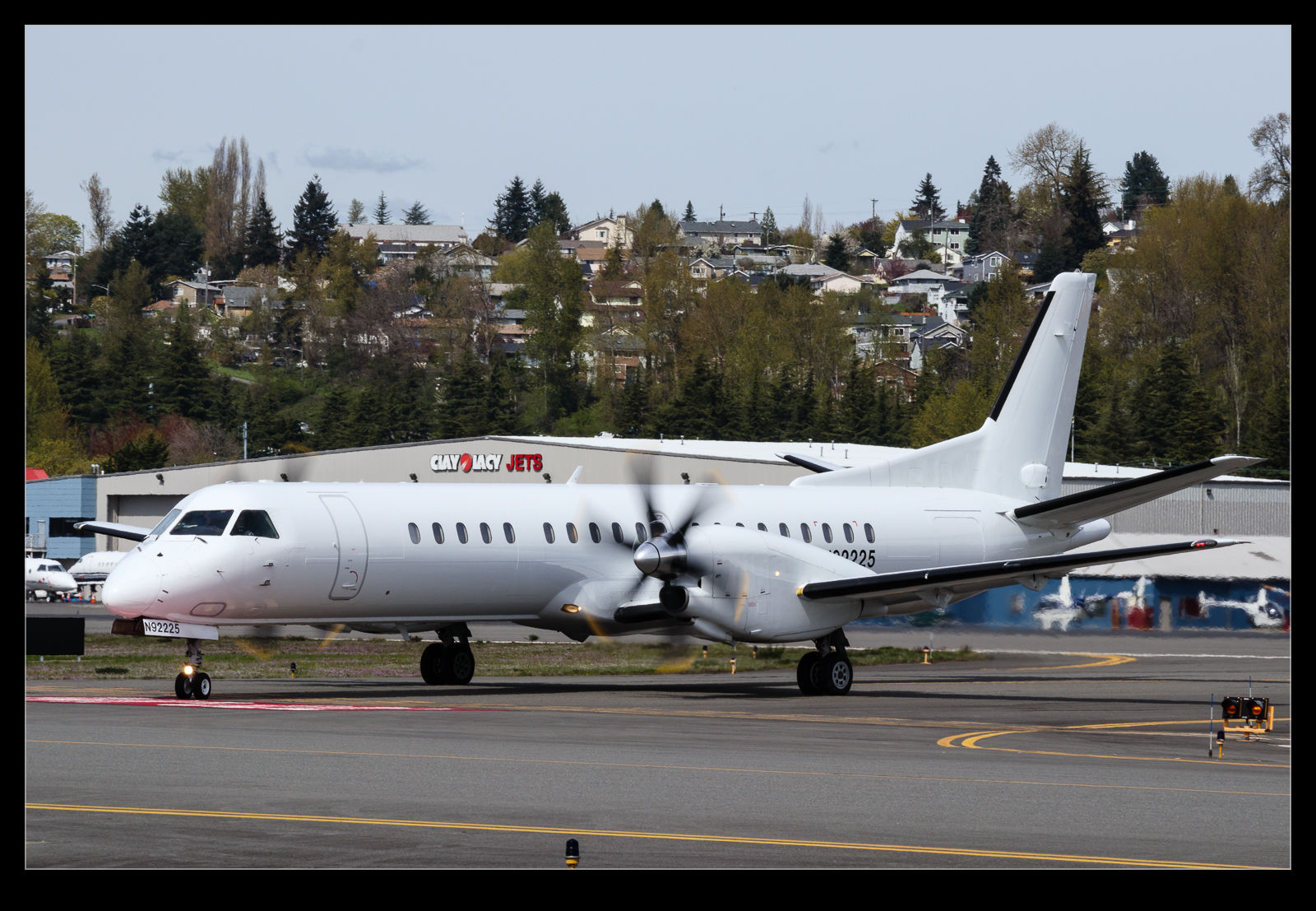 Unmarked aircraft are conspicuous by their effort to be inconspicuous. I saw this SAAB 2000 parked up at the Clay Lacy ramp and, before too long, it taxied out and departed kindly backtracking passed me in the process. SAAB 2000s are not overly common anyway so that was the first thing to notice but, since it was completely white, I figured it might belong to someone not advertising their presence. Sure enough, it belongs to the Department of Justice. I wonder what it was doing here?
Unmarked aircraft are conspicuous by their effort to be inconspicuous. I saw this SAAB 2000 parked up at the Clay Lacy ramp and, before too long, it taxied out and departed kindly backtracking passed me in the process. SAAB 2000s are not overly common anyway so that was the first thing to notice but, since it was completely white, I figured it might belong to someone not advertising their presence. Sure enough, it belongs to the Department of Justice. I wonder what it was doing here?
Low Level Departure by Learjet 31
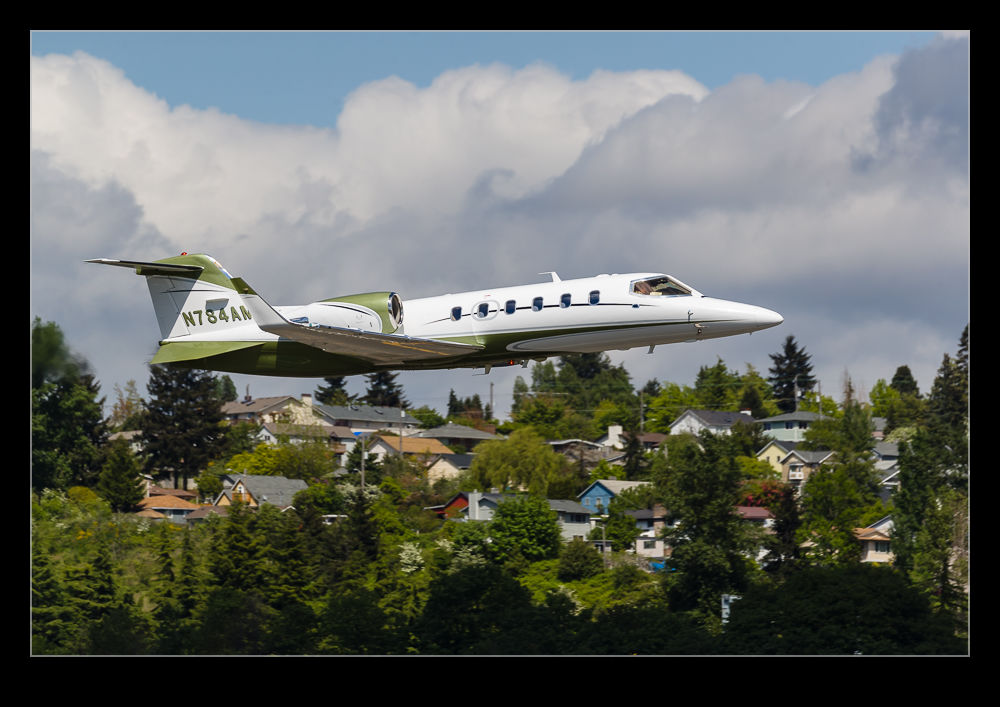 This Learjet 31 was heading out of Boeing Field on a lovely afternoon. The pilot obviously liked a bit of speed because, after rotation, instead of climbing out, he kept it on the deck and built up some speed. Then, as he got further along the runway, a more aggressive pull into a “zoom” climb. I appreciated the effort because it meant the jet had some ground behind it as it came past which is a pleasant change. The color scheme was pretty cool too.
This Learjet 31 was heading out of Boeing Field on a lovely afternoon. The pilot obviously liked a bit of speed because, after rotation, instead of climbing out, he kept it on the deck and built up some speed. Then, as he got further along the runway, a more aggressive pull into a “zoom” climb. I appreciated the effort because it meant the jet had some ground behind it as it came past which is a pleasant change. The color scheme was pretty cool too.
Aussie P-8
 With the progressive retirement of P-3 Orions around the world, the Boeing P-8 Poseidon is starting to take over as the dominant maritime patrol aircraft. The US Navy is the principal customer, but Australia was relatively quick to order the type too. They are now in the process of being delivered and I happened across one coming back to Boeing Field at the end of a test flight. Since it was operating from their military ramp, it taxied back along the field after landing and right by giving me a good look at the configuration the Aussies have gone with. India has been another customer and, before too long, the first of the RAF jets should make it through production.
With the progressive retirement of P-3 Orions around the world, the Boeing P-8 Poseidon is starting to take over as the dominant maritime patrol aircraft. The US Navy is the principal customer, but Australia was relatively quick to order the type too. They are now in the process of being delivered and I happened across one coming back to Boeing Field at the end of a test flight. Since it was operating from their military ramp, it taxied back along the field after landing and right by giving me a good look at the configuration the Aussies have gone with. India has been another customer and, before too long, the first of the RAF jets should make it through production.
Max7 Number Two
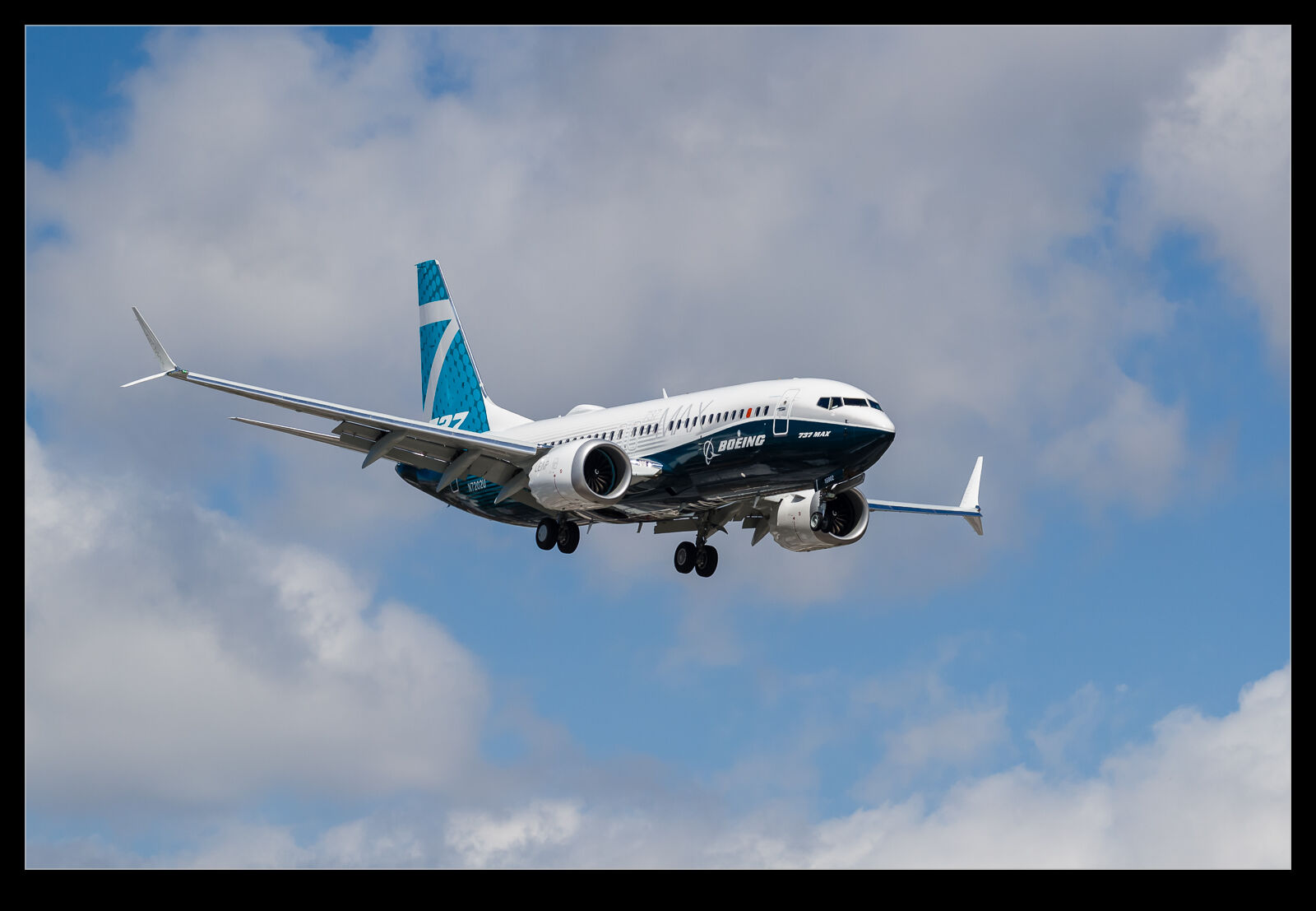 The first Max7 test aircraft got a blog posting here but I have now seen the second in action too. I think I first saw it on the ramp at Renton but I didn’t see the registration so can’t be sure. Now it is engaged in testing and flying regularly out of Boeing Field. It actually departed as I pulled up, so I only got to watch it rather than get a shot. It was a bit overcast then anyway.
The first Max7 test aircraft got a blog posting here but I have now seen the second in action too. I think I first saw it on the ramp at Renton but I didn’t see the registration so can’t be sure. Now it is engaged in testing and flying regularly out of Boeing Field. It actually departed as I pulled up, so I only got to watch it rather than get a shot. It was a bit overcast then anyway.
 Later in the day it returned and this time the light was a lot more favorable. I have yet to be able to gauge it against a 700 series and see the increase in length but the bigger engines are pretty obvious. Still not a huge number of orders so we shall see whether it becomes a success but, in the meantime, we shall see them testing in the area for a while.
Later in the day it returned and this time the light was a lot more favorable. I have yet to be able to gauge it against a 700 series and see the increase in length but the bigger engines are pretty obvious. Still not a huge number of orders so we shall see whether it becomes a success but, in the meantime, we shall see them testing in the area for a while.
